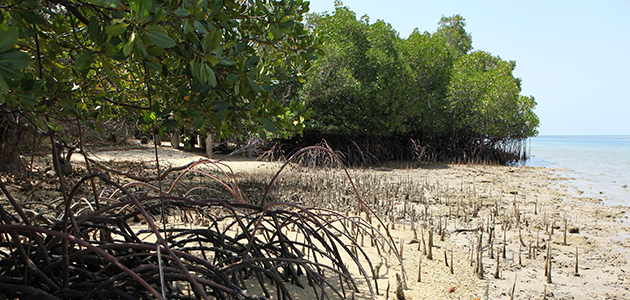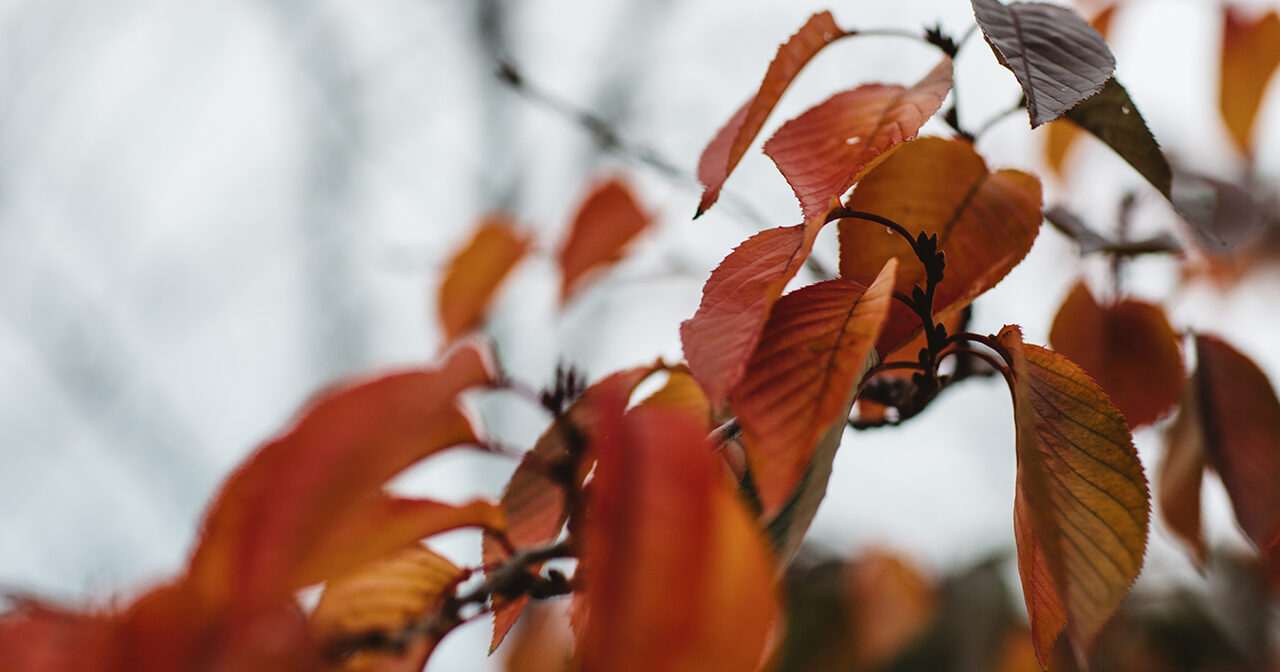24 June 2013
Mangroves Making Way for a Beach
by Dr Philip Church
When I was young I lived near Opoututeka (Cox’s Creek) and Cox’s Bay with the manawa (mangroves) that God had planted there. I didn’t think much of them, and the smell was pretty bad. More recently I have come to appreciate their importance. Mangroves are a group of woody trees that grow around shallow shorelines in tropical countries. They are also a flowering plant with unique adaptations that enable them to survive at the salty water’s edge with both freshwater and marine influences. There are numerous varieties, although only one in New Zealand, the southernmost country in the world where they are found. It is a New Zealand native and they say it has been here for nineteen million years. Because they are sub-tropical, most of them grow in Northland, and there are some reasonable sized stands around Auckland, including the ones at Opoututeka that I knew as a child.
They are becoming quite prolific in New Zealand, mainly because of increasing rates of sedimentation. They were previously found only on the water’s edge, but Kristel van Houte, a fresh water biologist and the NZ Director of A Rocha Aotearoa New Zealand tells me that, due to deforestation and agriculture and lack of riparian planting upstream there has been an increase in mangroves in recent years, spreading out to sea. Wikipedia supports this too, noting that in the last fifty years the mangrove area in Tauranga Harbour has increase by one hundred and twenty percent. See Online (http://en.wikipedia.org/wiki/Mangrove_tree_distribution#Case_study:_New_Zealand_mangroves) (accessed 21 June 2013).
The Auckland Regional Council (ARC) has published a small booklet about mangroves that can be found online at http://www.marinenz.org.nz/documents/new_zealands_mangroves_summary.pdf (accessed 17 June 2013). It contains lots of interesting information. Most of what follows comes from this booklet. They perform some really important ecological functions. They provide a natural barrier between the sea and the land, slowing the flow of water, this helping prevent the waves reaching the shore and slowing soil erosion in coastal areas. That could be really important when there is a tsunami, although tsunamis seem to be relatively rare here. Another important function they have is to provide a natural habitat for several species. I remember lots of mud crabs around Opoututeka as a child, although the ARC booklet downplays this for New Zealand mangroves. Apparently mud crabs are far more prolific in tropical regions. In this country there is apparently a moth whose leaf roller larvae are only found on our mangroves. If we were to remove all the mangroves, this species might become extinct, and that would be a tragedy. They also provide food and shelter for several species of small fish, and protect them from larger predators. The ARC booklets tells me that fish include yellow-eyed mullet, grey mullet, pilchards and anchovies as well as short-finned eels and parore (a species of blackfish), although, it also tells me that most of these fish thrive apart from mangroves. Finally, many bird species make use of mangroves for roosting, feeding and breeding, but are not totally reliant on them.

In the light of all this I was perturbed to read a small news item on page A13 of the NZ Herald on 17 June 2013, headed “Mangroves make way for beaches.” The item went on to say that the Auckland Council has recently given resource consent for the removal of about twenty hectares of mangroves from two places in the Manukau Harbour. The benefits of this include providing work for inmates of the local Periodic Detention Centre, the restoration of the foreshore to the white sandy beach that was apparently there around sixty years ago, enabling marine activities, and also provision of open water views for the Acacia Cove Retirement Village. The local marae supports their removal, and the harbour’s traditional guardians Ngati Te Ata have facilitated funding for the project. It all sounds worthwhile.
I wonder though if the moths and the mudcrabs and eels that live there have been consulted. Genesis 1 reminds us that we humans are created in the image of God, and one aspect of that at least is that we are to “have dominion over the fish of the sea, and over the birds of the air, and over the cattle, and over all the wild animals of the earth, and over every creeping thing that creeps upon the earth.” Genesis 2 reminds us that God planted a garden and placed the man he had made in it to “till it and keep it.” Actually, the sense of the Hebrew words is more “to serve it and guard it.” Our task as humans is to serve and guard the garden God planted, including te manawa. One reason why we are to guard te Manawa is that they serve several unique ecological functions. Remove them, and the delicate ecological balance of our coastline is disturbed.
I am saddened that pragmatic ideas such as providing a nice view of a beach for the residents of a retirement village and making space for human marine activities seem to have taken precedence over the well-being of these important trees. We are called to care for the fish of the sea and the birds of the air and the creeping things. Lots of them live in te manawa that are about to be removed.
